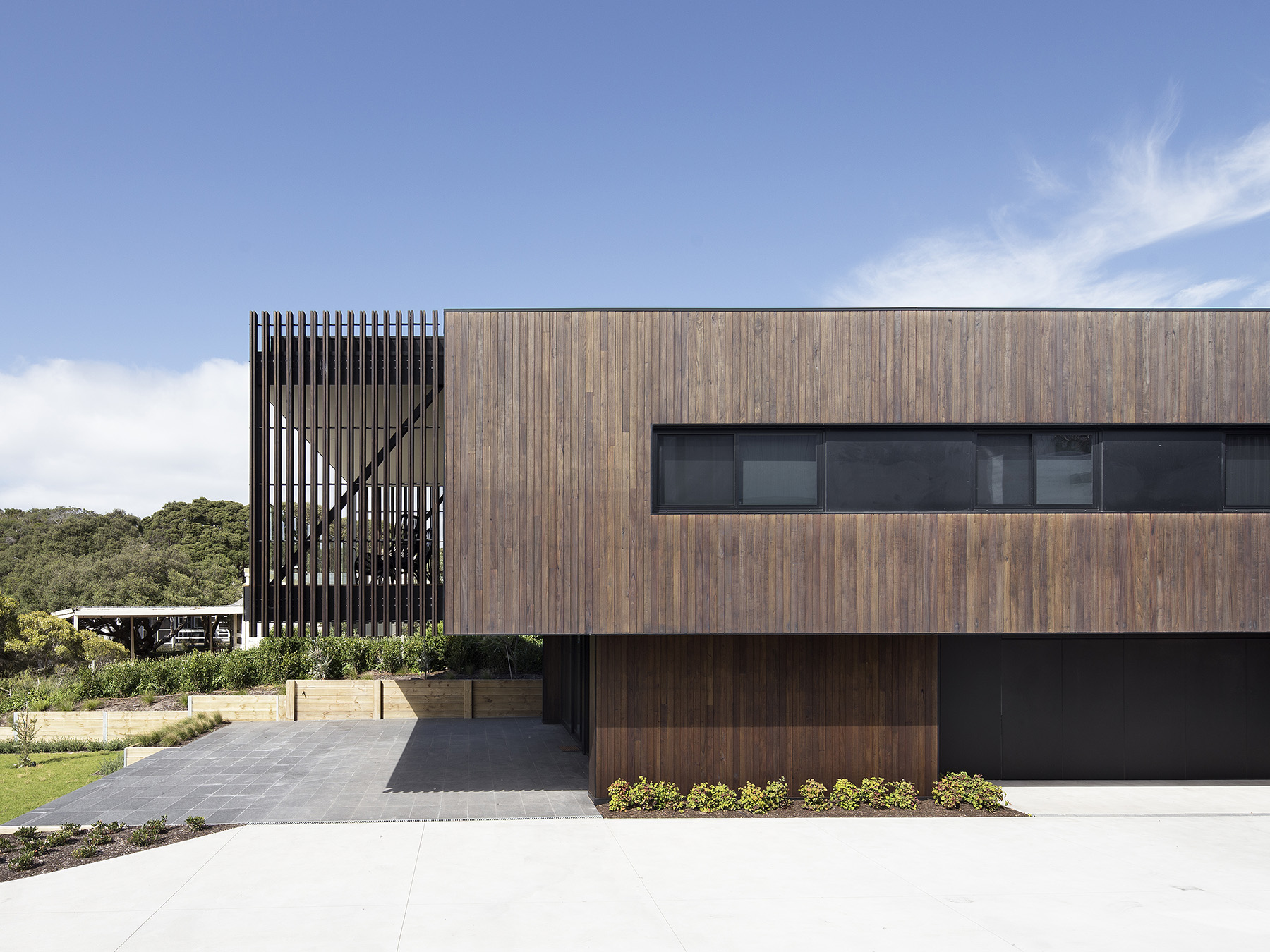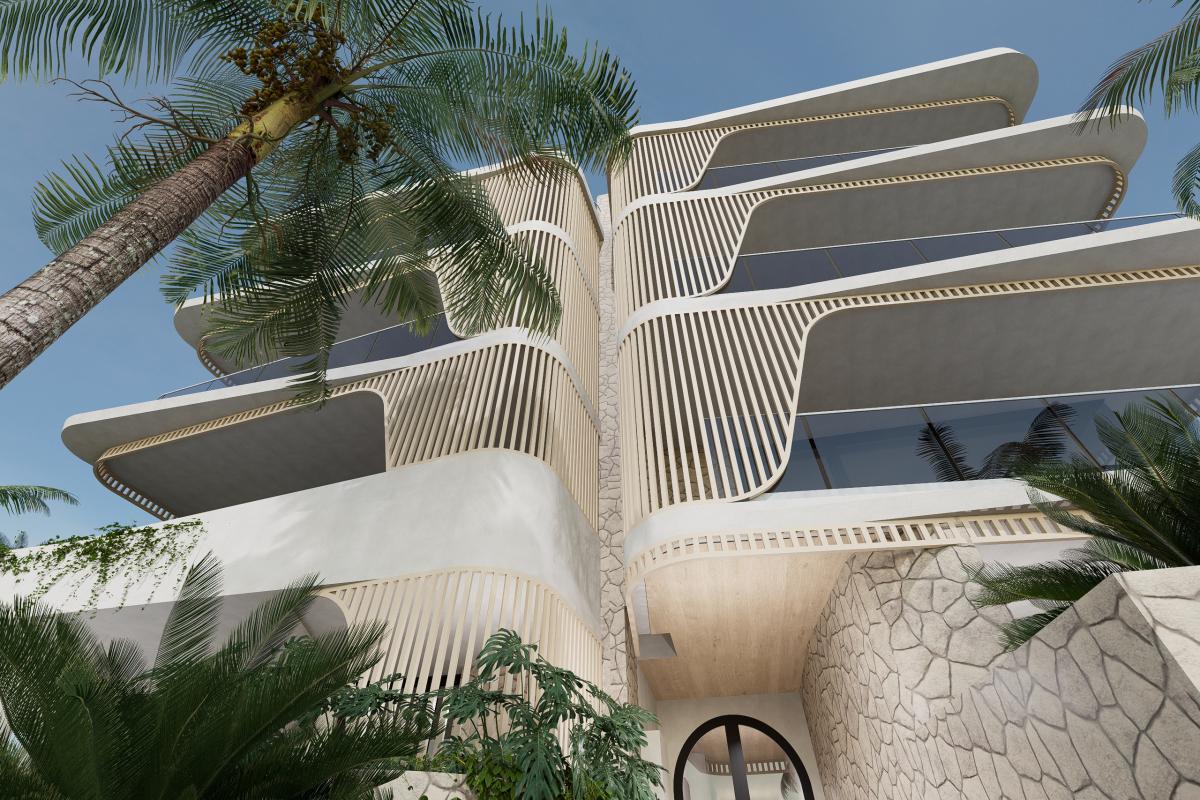Residential Architects: Creating Beautiful, Functional Spaces for Every Home
How Residential Architects Develop Custom-made Houses for each Way Of Living
The process through which domestic architects layout personalized homes is a nuanced interaction of understanding client demands and converting those insights into functional living rooms. Via detailed assessments and making use of layout devices, architects record the essence of their customers' way of lives, ensuring that each home reflects personal values and aspirations. This joint technique prolongs past initial principles, incorporating lasting practices and innovative innovations to enhance everyday living. As we explore the elaborate actions involved in this transformative process, a deeper appreciation for the designer's duty in shaping one-of-a-kind settings begins to arise.
Understanding Client Demands

Effective communication is extremely important in this process. Designers should encourage clients to verbalize their way of lives, household dynamics, and future goals, making sure that the style reflects their distinct identification. By using tools such as sets of questions, meetings, and aesthetic studies, designers can collect beneficial insights right into the customer's vision.
Furthermore, understanding the context in which a home will certainly exist is essential. Engineers should consider aspects such as the website attributes, local climate, and social impacts that can impact the style. This all natural strategy enables for the creation of areas that are not just aesthetically pleasing yet lasting and additionally practical.
Ultimately, a deep understanding of client requires allows architects to produce customized homes that boost the quality of life for their residents, fostering a sense of belonging and comfort within their living environments.
Layout Refine and Collaboration
The layout process in property design is a vibrant interaction of creativity and collaboration, where designers, customers, and various stakeholders work very closely to bring a vision to life. This repetitive trip commonly starts with a collection of meetings to establish an extensive understanding of the customer's goals, preferences, and way of living needs. During these conversations, engineers collect vital info, enabling them to conceptualize layouts that line up with the client's vision.
Adhering to the first appointments, the layout stage advances via sketches, 3D designs, and architectural makings. This aesthetic interaction works as a device for architects to present concepts, while likewise welcoming client feedback, ensuring that the final design reverberates with their assumptions. Efficient partnership with engineers, contractors, and indoor designers is critical during this phase, as it makes sure that all practical aspects of the job are perfectly incorporated.

Incorporating Way Of Life Components
Incorporating way of living components right into household style is necessary for producing areas that really resonate with the occupants. residential architecture homes. This process starts with recognizing the special requirements, choices, and everyday routines of the homeowners. Engineers participate in detailed discussions to uncover exactly how the individual or family members uses their space, whether for enjoyable visitors, pursuing leisure activities, or looking for peaceful retreat
Once these insights are gathered, architects can customize design features that boost everyday experiences. For instance, open flooring strategies may be developed for family members that focus on togetherness, while devoted work spaces can be incorporated for those who function from home. Outdoor locations, such as patios or yards, can be emphasized for family members that appreciate exterior activities or enjoyable.
Furthermore, versatility is an essential factor to consider; multi-functional spaces enable adaptability as way of lives advance with time. Personalized storage space solutions can likewise be incorporated to meet certain organization demands, ensuring that the home continues to be practical and clutter-free. Ultimately, by attentively weaving lifestyle elements right into the architectural material, property engineers produce personalized homes that not just accomplish visual wishes but likewise substantially boost the quality of life for their clients.
Sustainable and Smart Design
Lasting and smart design increasingly plays a pivotal function in domestic style, as home owners look for to lessen their ecological influence while boosting their living experiences. Architects are now integrating green products, energy-efficient systems, and innovative modern technologies to develop homes that not only fulfill aesthetic needs yet likewise offer the earth.
Including renewable power resources, such as photovoltaic panels and wind generators, enables homeowners to harness natural deposits, considerably decreasing reliance on standard power grids. Smart home modern technologies further enhance sustainability by maximizing power usage via automated systems that manage home heating, cooling, click for source and illumination based upon tenancy and choices.
Additionally, using sustainable building materials-- like recovered wood, bamboo, and reused steel-- promotes a round economic climate, decreasing waste and source intake. Engineers additionally stress passive design principles, ensuring homes are oriented for maximum all-natural light and air flow, thus decreasing the requirement for fabricated heating and air conditioning.
Along with environmental benefits, sustainable and clever design adds to the overall convenience and health and wellness of residents. By prioritizing indoor air top quality and natural environments, engineers produce spaces that promote health, permitting homeowners to prosper attuned to their environment.
Completing and Carrying Out Plans
Completing and carrying out plans is a critical phase in the property design procedure, where the vision of a tailored home begins to emerge. This phase involves precise attention to information, guaranteeing that every element of the style is specifically articulated and prepared for building. residential architecture homes. Architects team up closely with clients to examine last plans, attending to any type of final modifications or concerns, while ensuring that all components align with the house owner's way of living demands
As soon as plans are wrapped up, engineers prepare detailed building and construction papers, including comprehensive drawings and specs that serve as a plan for builders. These documents outline materials, surfaces, and setup methods, giving quality for subcontractors and service providers. In addition, securing necessary permits and sticking to local building ordinance is essential, as it ensures conformity and smooth task execution.
Efficient interaction is essential throughout this phase. Routine updates and conversations with home builders help to minimize potential problems before they occur. By cultivating a collective setting, designers can assure that the implementation lines up with the initial vision. Eventually, this important stage transforms ideas into reality, laying the foundation for a home that mirrors the special way of life and preferences of its occupants.
Final Thought
In conclusion, household designers play a pivotal function in crafting customized homes that provide to diverse way of livings. Via meticulous understanding of client needs, collaborative style procedures, and the integration of way of life aspects, designers ensure that each home mirrors individual preferences. The incorporation of lasting methods and clever modern technologies further boosts capability and ecological responsibility. Eventually, the efforts of household engineers culminate in the understanding of personalized living areas that promote convenience and well-being for their residents.
The procedure by which property engineers style customized homes is a nuanced interaction of recognizing customer requirements and converting those understandings right into practical living rooms. Through comprehensive go to the website assessments and the use of design tools, engineers record the significance of their customers' way of livings, making sure that each home reflects individual values and goals. Architects need to motivate clients to express their lifestyles, family members dynamics, and future desires, making certain that the design mirrors their special identity.The design procedure in domestic architecture is a dynamic interaction of imagination and collaboration, where designers, customers, and different stakeholders work carefully to bring a vision to life - residential architecture homes. With thorough understanding of client demands, collective style processes, and the combination of lifestyle elements, architects make sure that this hyperlink each home mirrors individual preferences